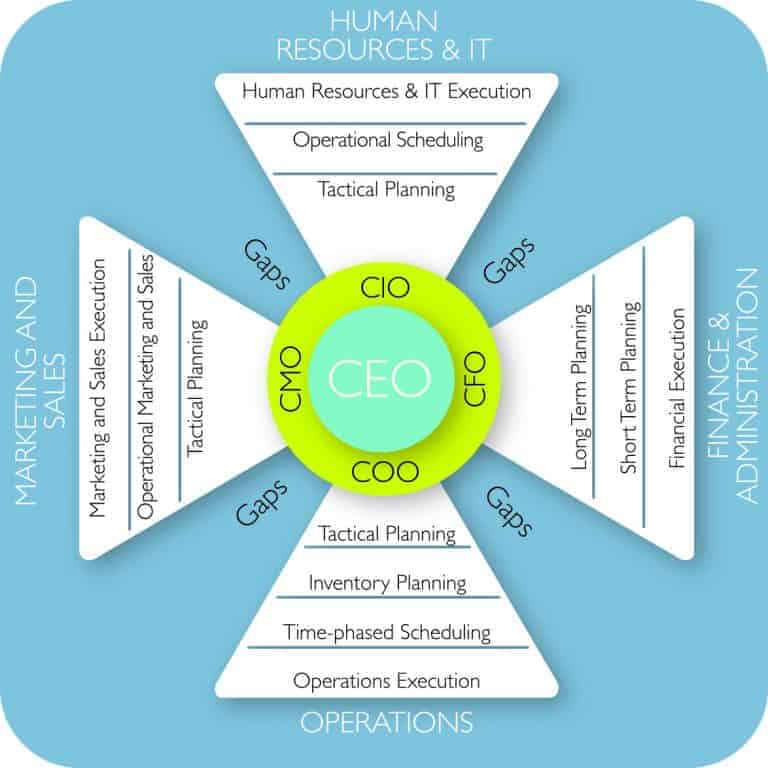About Supply Chain Confusion
My last post “Supply Chain Confusion could kill your business“ generated several great comments from highly qualified professionals around the world, and in this post I want to explore the reasons for the confusion. Obviously, the confusion is debilitating, and unprofitable. I am sure readers will have their own experiences with the confusion in supply chain world, and can add to the discussion by commenting below.
1. Supply Chain Confusion created by service providers:
In my previous article I mentioned the examples of trucking companies (or warehousing companies) who have painted over their old trucks from XYZ Trucking/Transport to XYZ Logistics to XYZ Supply Chain
Solutions without any material change in their capabilities or service offerings.
While this kind of ‘branding’ exercise seems harmless enough, and most customers are not ‘fooled’ by such over-representation of the capabilities – it does have several deleterious effects.
To give you an example – I was recently asked to answer a question on quora.com by a recent entrant into one of these companies who had entered the ‘field of supply chain’ to make a glamorous career.
S/he was disappointed when s/he found that most of the work was rather mundane execution level work in transportation and warehousing.
To exacerbate the situation they did not see any prospects of getting even remotely involved in the ‘sexier stuff’ such as supply chain modelling or business transformation.
Evidently, then, this type is hurting careers, reputations and perhaps even the entire industry when these companies represent that what they do is all there is to SCM!
2. Supply Chain Confusion created by those who mistake the a small part for the whole (of supply chain)
No doubt strategic sourcing, logistics, warehousing, production planning, inventory management, demand forecasting all are parts of good supply chain management.
Yet almost all of them are quite capable of representing that they constitute the entirety of supply chain management.
Look at the way that a number of professional bodies have renamed themselves and pretend to represent the entirety of ‘supply chain’ professionals.
Their antics remind of the ancient Hindu tale of 6 blind men which was so well captured by the American John Godfrey Saxe in the The Blind Men and the Elephant (Source: Wikipedia):
i. It was six men of Indostan To learning much inclined, Who went to see the Elephant (Though all of them were blind), That each by observation Might satisfy his mind.
ii. The First approached the Elephant, And happening to fall Against his broad and sturdy side, At once began to bawl: “God bless me!—but the Elephant Is very like a wall!”
iii. The Second, feeling of the tusk, Cried:”Ho!—what have we here So very round and smooth and sharp? To me ‘t is mighty clear This wonder of an Elephant Is very like a spear!”
iv. The Third approached the animal, And happening to take The squirming trunk within his hands, Thus boldly up and spake: “I see,” quoth he, “the Elephant Is very like a snake!”
v. The Fourth reached out his eager hand, And felt about the knee. “What most this wondrous beast is like Is mighty plain,” quoth he; “‘T is clear enough the Elephant Is very like a tree!”
vi. The Fifth, who chanced to touch the ear, Said: “E’en the blindest man Can tell what this resembles most; Deny the fact who can, This marvel of an Elephant Is very like a fan!”
vii. The Sixth no sooner had begun About the beast to grope, Than, seizing on the swinging tail That fell within his scope, “I see,” quoth he, “the Elephant Is very like a rope!”
viii. And so these men of Indostan Disputed loud and long, Each in his own opinion Exceeding stiff and strong, Though each was partly in the right, And all were in the wrong! moral
So, oft in theological wars The disputants, I ween, Rail on in utter ignorance Of what each other mean, And prate about an Elephant Not one of them has seen! moral
Amusingly, the confusion in supply chain management also involves 6 different streams of thoughts.
There Are No Natives in This Land of Supply Chain Management
Supply chain is a relatively new field. Especially at a higher level, there are no people who ‘grew up in supply chain management’.
Traditionally, supply chain professionals have come from one of the three or four streams in businesses.
1. Logistics – 3PL service providers,warehouse staff, or internal logistics staff – also include people who confuse ‘logistics’ with supply chain’
2. Procurement – or Sourcing, or strategic sourcing – also includes people who easily confuse ‘supply’ with ‘supply chain’3
3. Production Planning – or Scheduling – also includes people who easily confuse ‘production planning’ or ‘sales and operations planning’ with ‘supply chain planning’
4. Inventory Management – also includes people who confuse ‘inventory planning’ or ‘sales and operations planning’ with ‘supply chain planning’
5. Materials Management or Materials Handling – also includes people who confuse ‘materials management’ with supply chain management
6. Demand Forecasting – also includes people who confuse demand forecasting with demand management with supply chain management
I have worked closely with all 6 type of pedigree – and each of them have distinct foibles, strengths, weaknesses and biases.
One bias they all have in common is that they tend to have a soft corner for their own pedigree.
For example, I spent my own formative years in shipping, logistics and transportation, and for some reason I am still a shipping person at heart.
As they say once you spend time at sea – the salt water starts running through your veins.
However, all 6 type of pedigrees also have a great majority of people who are happy to represent their own specialisation as the entirety of supply chain management. That is what causes the confusion.
I could probably write an entire chapter of each of these 6 type of people, and their biases – including the impact of the confusion they cause to damage the profitability and ‘brand supply chain management’.
But if you are from within the folds of supply chain management – you will easily recognise most of what I have to say here.
And, if you are not from with the folds of supply chain management then more explaination is no use to you
– because you are better off reading my other articles on use of supply chain management for business transformation – just search for those keywords in the search bar next to the tool bar on top.
I will cover the rest of the cause of confusions in my next post. These are rather esoteric models and we will raise the level of conceptual thinking a few notches in that article.
Related Reading:





